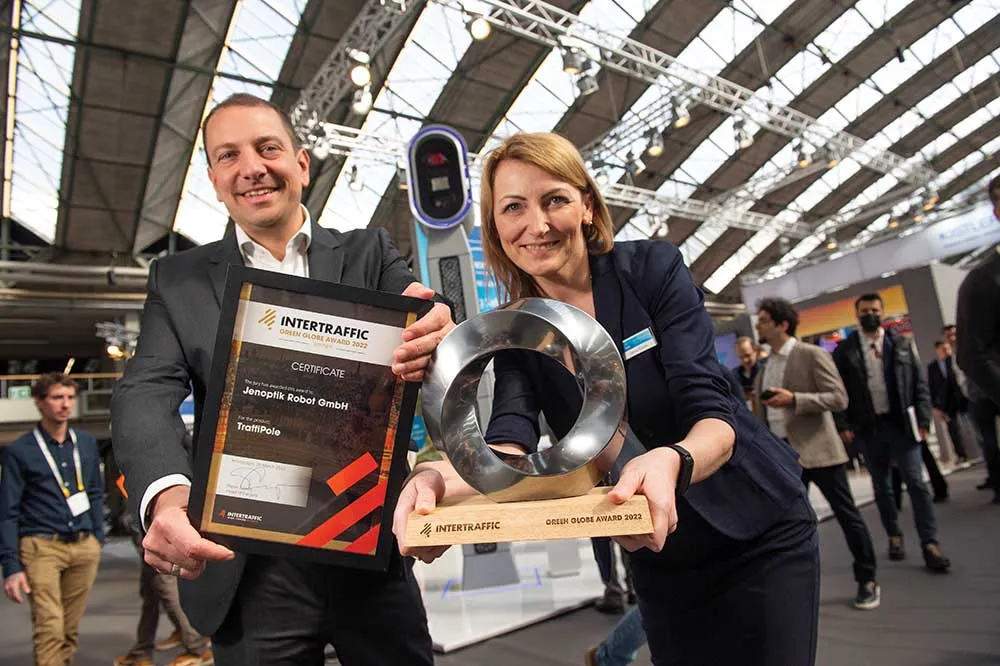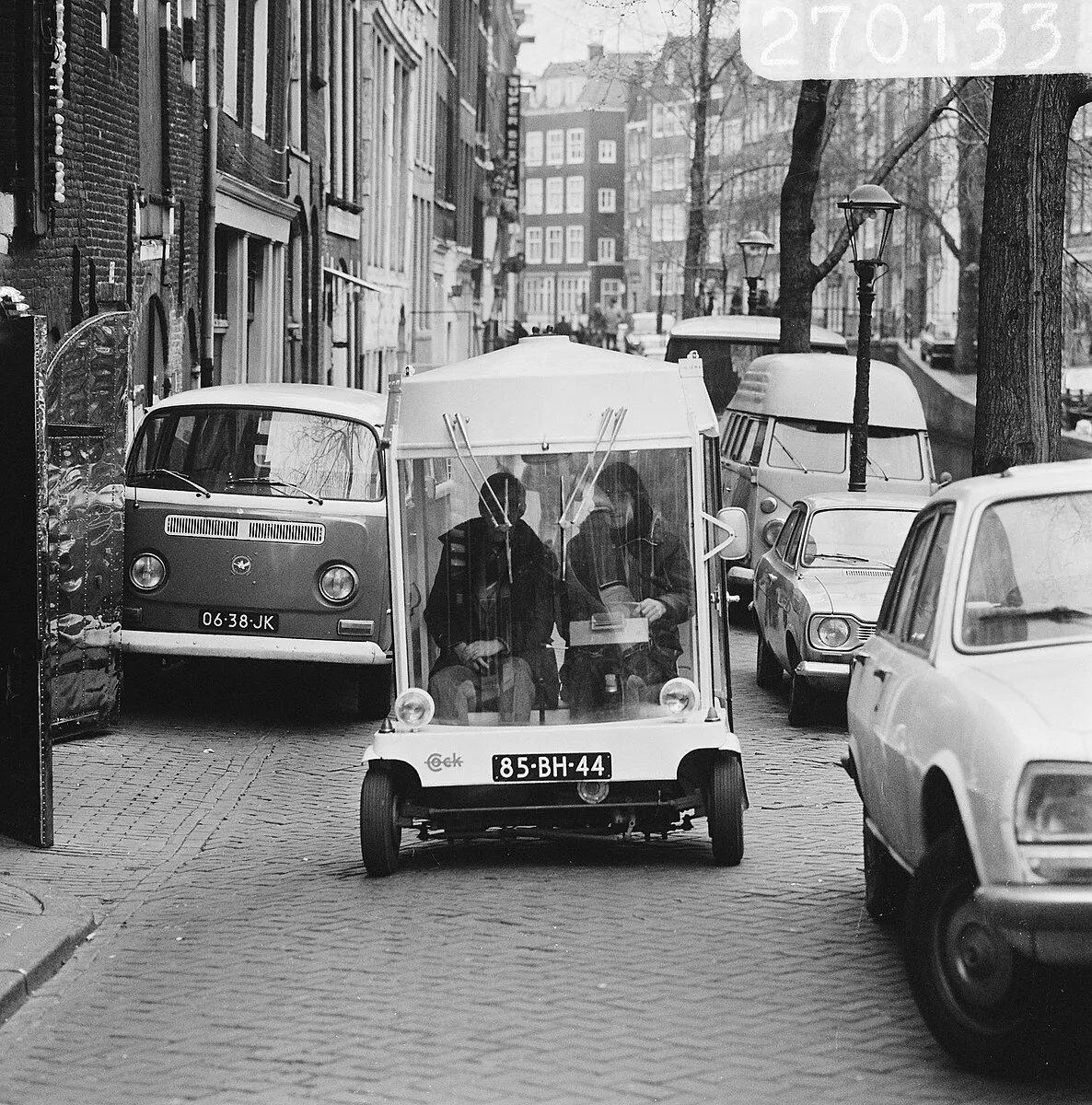The OVS-01GT is said to be designed for gate, barrier or industrial door activation and combines microwave with ultrasonic technology to sense a vehicle’s movement and presence. It is suited for clients that want to utilise an induction loop solution without disrupting ground works, according to Opex.
OVS-01GT aims to detect the presence of small or large stationary or moving vehicles within 5.5 meters while ignoring human traffic. It connects to an automatic gate, barrier or industrial door operator, and features menu programming, five sensitivity settings and five human cancelling selections, with one-button calibration. The device can be utilised in gate activation applications.
In addition, OVS-01CC is a moving vehicle counter designed with the intention of detecting and counting small or large moving vehicles up to 60km/h in single lane applications. It can also be mounted on a pole or wall at 90 degrees and is said to provide a detection area up to eight metres. The product can be customised with eight range settings, five sensitivity settings and one-touch calibration. OVS-01CC, according to Optex, is ideal for counting cars in open retail parks or monitoring traffic in high streets.
Jacques Vaarre, managing director for Optex EMEA, said: “It gives users a viable choice over ‘traditional’ ground loop sensors; both models are highly reliable and very easy to install. By choosing an Optex detector, you are losing none of the performance, but gaining all of the benefits by not having to dig up the roads or disrupt traffic.
“Step by our booth at Intertraffic to learn more about the vehicle sensor applications and to get acquainted with these new sensors in the Optex sensor product range.”









